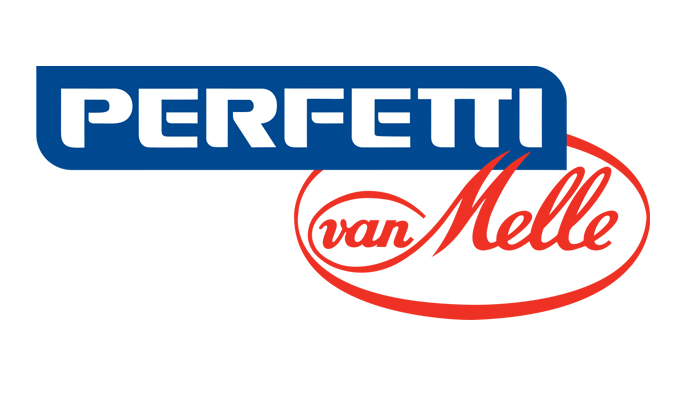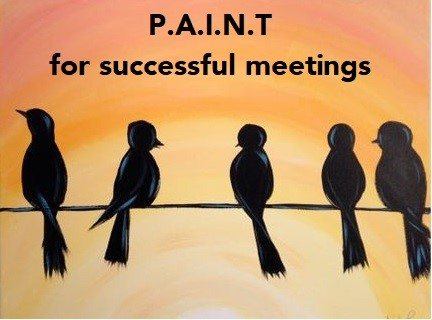
Till 2019, working from home was a need-based option provided to some employees by some organisations. But, Covid turned everything around. Organisations were forced to ask employees to work from home for the foreseeable future. And, with the second year of working from home arrangements in progression, both leaders and teams alike have adapted to this new working model. In fact, there have been several distinct advantages in ensuring employee engagement too.
Amidst the many successful vaccination drives and other counter-measures, a host of companies are inviting their teams back to office. But several organisations plan to continue with a hybrid working model – a combination of working from home and from office. This model, though lucrative, will present fresh challenges for leaders. They will have to device new ways to ensure employee engagement and also to keep them motivated. Thus, let’s take a look at all that the future might hold –
Working from anywhere
Table of Contents
As several countries began to recover from the aftermath of the deadly pandemic, Google was one of the first companies to announce that they wanted employees to begin working from their offices. However, just a couple of weeks later, Twitter made a diametrically opposite announcement asking employees to work from home permanently. Another tech giant, Amazon, meanwhile decide to tread on a middle path. They announced a 3 -2 per week combination for working from office and home, respectively. A combination that most companies are likely to adopt in the near future.
The Pros and Cons of a Hybrid Workplace Model

Organisations adopting a hybrid model would enjoy the benefits of office-bound work and home-based work. They must also be willing to accept the disadvantages. Here is a quick list of what to expect.
The advantages
- Flexibility allows better utilisation of time
- Lower costs for employers (by rationalising office space) and employees (savings on transportation costs)
- Better employee engagement at work on account of more family time at home
The disadvantages
- Employee burnout because of longer working hours
- Not all employees would be at the office or at home everyday in a hybrid model. This could result in team building initiatives becoming more challenging to execute.
Team engagement: does a hybrid work model impact It?

Business results are always important for any organization. But one of the important factors that contribute to business results is team engagement. Organisations who opt for a hybrid model have their work cut out. It is not enough if they ensure team engagement during work from home.
They need to also ensure the same for employees who have opted to come to office on some days, and for those who would work from office every day. This would further require the implementation of employee engagement strategies on all three fronts. It also means that these three sets of employees would need to be engaged very differently.
Best practices to ensure employee engagement in a hybrid work model
Given that many organizations have already begun using a hybrid model of work, here are some best practices that seem to have worked.
1. Identify who is what?
Every organisation, depending on the industry and the job role of an employee, would need to categorise all employees into any of these three – office-bound employees, permanently remote employees, and hybrid workers who will work both at home and in the office.
An enterprise-wide exercise needs to be done to decide which employee would best suit which category will make the rest of the journey easier and more impactful. Towards the end of 2020, Mckinsey did a study of around 2000 tasks in 9 countries, and this document could be a good place to understand how to plan this segregation. This would help the organization decide the right employee engagement activities for each set of employees.
2. Cross finance

Moving to a hybrid work model will see increased costs for some important expenses. For example, you might need to spend money on setting up adequate infrastructure for those who will work remotely everyday, or for employees who will have a hybrid workweek.
On the other hand, moving to a hybrid model could mean substantial savings on reducing office space requirements. Several studies on how hybrid work can help organizations rationalize their expenses are already available. Making these calculations in advance could allow the organization to set aside adequate budgets for implementing employee engagement ideas.
3. Rethink and redefine
It is not only the L&D team that would need to recalibrate and unlearn their understanding of what is employee engagement? Senior leadership will also need to get used to the new culture of hybrid working. Managers will have to get used to not seeing their employees for months, or maybe more.
This would result in traditional modes of monitoring or assessment becoming irrelevant. Also, the new normal would bring in new ways of motivating people and helping teams bond.
4. Revamp salary and perks
Salary breakups and employee perks would need a relook too. Conveyance allowance and reimbursement of travel expenses would not sound so attractive anymore. It might no longer be enough to plan a grand employee recognition and reward night.
The agenda and activities of the event should have something in it for those who would join in virtually. Unless every such element is thought through, employee engagement ideas that used to work fine earlier are now likely to fall flat.
The future of work

The pandemic has marked an inflection point in almost every aspect of our lives. We are truly at the crossroads of how and where employees would be at their productive best. A hybrid model of working does sound like a win-win model for both employer and employee at ensuring workplace productivity. Keeping every team aligned to organization goals is a different challenge, and this is where fresh ideas for team engagement will prove useful.
For more than a decade, we have helped companies understand why employee engagement is important, and implement our ideas for the same. We transformed our offerings successfully when the world was going virtual. If you want to be a part of the future of work, we would be happy to partner you in your journey.










